We live in a world of constantly evolving technology and ways to organize work. This means that people are in constant threat of their skills becoming less relevant or even obsolete. At the same time, organizations face the challenge of building new capabilities internally to take advantage of new technologies that will transform what they produce and how they produce it.
Organizations today take two different approaches to align their employees’ developmental needs with the business’ human capital needs: the laissez faire model and the planning model. Here I propose a third way, the strategic human capital operating model. It is currently used in a rare number of cases, and should become the standard all large companies strive to meet. It can reduce turnover and adoption costs for new technology, while improving employee morale, engagement and productivity.
The conventional model: Laissez faire
Under the conventional approach companies make a wide range of developmental opportunities available to their employees, and leave it up to the employees to make the decisions on how to develop. The opportunities can include company-run training programs, self-directed online learning, tuition reimbursement, and open posting of internal job openings. Recent technological advances have seen more detailed and elaborate software platforms that enable employees to self-identify a wide range of skills and interests, and companies moving to post internally not just open roles but project and even task opportunities.
This laissez-faire economics approach is the standard, and treats developmental opportunities like a marketplace. There is demand for developmental opportunities from employees, and supply from the business units, functions, teams, and leaders who control who gets the open roles and plum assignments on key projects and cross-functional teams. When done well, the HR processes and platforms play the role of “market maker,” matching supply and demand the best ways possible so both the employees and business are happy with the outcome.
The second common approach: The planning model
The problem with the laissez faire model is that it leaves development outcomes largely up to chance and the decentralized decision making of individual managers who ultimately control who gets the roles and project opportunities. Organizations have known for a long time that for certain key roles and capabilities, they can’t afford to leave to chance whether they will end up with the right talent.
The classic example of this model was the approach taken by many leading companies decades ago for general management development. The industry leaders in the 1950s, 1960s and 1970s would often take a cohort of new university graduates and put them through a very structured approach that exposed them to all the core parts of the business (operations, sales, R&D, customer service, etc.) and many critical functions (finance, HR, etc.). Today, the spirit of this approach lives on under the guise of high potential (hipo) development programs. Rather than start with new university hires, the hipo programs select a cohort of up and coming leaders or potential leaders and designate them for special developmental experiences and coaching. But the principle is the same: focus on a small number of people with a goal of developing an elite group of leaders.
The planning model approach can be successful at developing high quality leaders but it is very expensive and time consuming. It also tends to have a high “failure” rate, if failure is defined as a only a small percentage of the original cohort achieving the highest level of expertise and senior executive roles. The problem is that when it comes to building true general managers who can effectively manage diverse operations that span multiple parts of the business and functional areas, very few people have what it takes. It is virtually impossible to predict who will end up a successful general manager because so much is determined by experiencing unusual and unforeseen events while working in high pressure, critical situations. The best way to end up with the desired small group of elite GMs is to start with a much larger cohort ten to one hundred times the size, throw them all into the deep end of the developmental pool, and see who swims versus drowns.
Another application of the planning model takes a totally non-developmental approach, and focuses instead on hiring and redundancy. External experts and consultants are used as new hires and contractors when organizations need to adopt new technologies and ways of doing the work. Current examples include AI, machine learning, data science, electronic medical records, nanotechnology, wearables (electronics embedded in clothing), and many more.
The state of the art for workforce planning is an example of the non-developmental approach: the organization waits until there is a clear demand for a set of skills, and then allocates budget for consultants and new hires to accommodate the anticipated near-term business needs. The typical window for planning ahead is only 1-2 years.
A new approach: The strategic human capital operating model
Consider an alternative model, where the goal is to provide extensive developmental experiences to as wide an array of people as possible, and those experiences directly align with the organization’s future capability needs. This approach, which I call the strategic human capital operating model, was developed separately by both the military and partnership-based accounting firms: these organizations hire massive numbers of young people every year, and put them through very purposeful development and career paths. The process is the same for everyone coming in, and turns out people with very different profiles of expertise and experience.
The particulars of the development model for the military and accounting are not as relevant as the principles underlying their approach. The most important principle is recognizing the value of trying to develop everyone along highly uncertain career paths. Whether the end result is a world class fighter pilot, a major general who can orchestrate a battlefield, or a sergeant who has the respect and devotion of the troops, everyone is pushed to try new things which beforehand both the individual and the organization could not predict success with a high degree of accuracy. The same applies for those who eventually become partners in the accounting firm, CFOs in client organizations, or people running their own independent single-person accounting practice.
A second equally important principle is that the military and accounting firms do not leave a lot to chance. What they deliver – whether a military campaign or audit – requires highly integrated and coordinated work from everyone in the system, from the newest recruit or hire, to the mid-career managers and mid-level leaders, and the most senior organizational leaders. The only way to accomplish the dual goals of delivery and development is to be painstaking and careful about when and how the development takes place. At each stage of development, people are thrust into doing something new working closely with mentors and people who can teach them, giving them room to learn by doing while simultaneously ensuring the success of the military campaign or audit.
The lessons for organizations in other industries that want to build emerging capabilities are important. Rather than just focus on hiring some experts and then allowing the vast majority of your current workforce to learn the new technologies and techniques as they are implemented, there can be large upsides to purposefully find ways for large numbers of your current workforce to engage with the emerging capabilities. Most lower-level mid-career employees stand little chance of becoming experts in the emerging technologies and techniques because it is easier for younger, earlier career people to immerse themselves in brand new ways of doing work, and because the innovations that represent the biggest opportunities often deviate substantially from standard practices. Without guided development, many legacy employees would struggle to close the emerging skill gaps.
For example, consider how social media transformed the way companies interact with customers, or how nanotechnology is starting to transform how companies design and produce manufactured products. In both cases, the experts on the emerging technologies are young people who grew up immersed in them, either as consumers in the social media case, or as the people working in the firms doing the cutting-edge nanotechnology innovations.
Yet being an expert in the basic nature of the innovation – what social media and nanotechnology can do in principle – is not sufficient to determine the best ways of integrating those innovations into the products, services and business process of already successful industry leaders. That requires deep knowledge of the organization structure, operating model, culture, etc., which only your current employees and managers are expert in. Successfully building new social media or nanotechnology capability requires developing new expertise not just in the cutting edge features of those innovations, but also how they have to be integrated into the fabric of everything you did previously.
This is where all organizations could take a page from the military and accounting firms’ approach, and implement more of a strategic human capital operating model. Rather than focus initial capability development around emerging technologies among a small group of people charged with leading the decision making around how to do the integration, as wide and broad a group as possible of current employees should be invited to try their hands at working with the new tech. This means taking stock of both the immediate short-term “certain” needs and the longer term forecasted needs, selecting a large group to take a shot at learning the new approaches, providing opportunities for that learning – especially in new roles, teams and projects – and then let things play out.
Only some in that initial group will emerge as having the best skills for the new tech, which is why the initial group needs to be much, much larger than the forecasted skill needs. The other reason for casting a much broader net when putting together the cohort is because only some roles will need to be dedicated to working with the new tech. Others roles will be largely unchanged from what they were previously, with the exception of the additional knowledge around how to integrate the new tech into existing business processes and work routines.
This model can also work for redeploying employees at risk of redundancy
Beyond learning the skills needed to master emerging technology, the strategy can also be used to reduce the churn when employees jobs are made redundant by tech changes. Such employees typically have long tenure working in roles where they haven’t been exposed to many of the other types of work in the organization. When it comes to deploying them to new opportunities, it cannot be assumed that they necessarily will have the aptitude or desire to work in roles that are what’s expected of them. They may want to branch out and try something new, but will have little opportunity to succeed unless provided structured developmental opportunities that include on-the-job learning and mentoring by people in other parts of the organization.
The laissez faire approach does not typically work to open doors for most of these employees because they cannot compete with others who have skills better suited for the job and project openings. In such situations, the military and accounting firms attitude is to try and find ways for these valuable employees to grow, and to try a lot harder than other organizations would which employ only the laissez faire and planning models. Taking the more involved approach of guiding their development under the strategic human capital operating model is more expensive and time consuming, but with the huge upside benefit of finding new homes for people to continue their careers in your organization. The positive spillover effects of higher retention, lower recruiting and onboarding costs, and dramatically higher goodwill among both the at risk employees and their colleagues can more than make up for the additional investments needed to make the model work.
For a deeper dive into this topic and other operating model challenges, come join me Nov 5-7 in Boston for the Optimizing the Operating Model workshop, where I’ll be joined by Patrick McLaughlin (CHRO Frito-Lay/PepsiCo), Mary O’Hara (CHRO Blue Shield of California), and Vicki Walia (Chief Talent and Capability Officer, Prudential).



